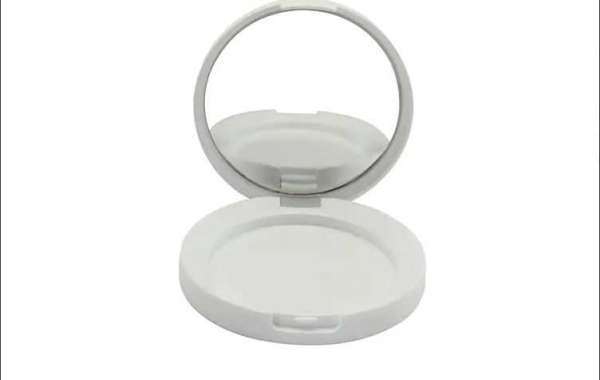Nusa Penida, an island just southeast of Bali, Indonesia, is renowned for its pristine waters, dramatic landscapes, and rich marine biodiversity. Among the various underwater attractions, Manta Point stands out as a must-visit location for snorkelers and divers worldwide. Famous for its frequent sightings of majestic manta rays, Manta Point offers an exhilarating experience, bringing you face-to-face with one of the ocean's most graceful creatures.
The Location and Access
Located on the southern coast of Nusa Penida, manta point nusa penida is relatively remote and best reached by boat. Visitors can access the site from Bali by taking a fast boat from Sanur or Padang Bai to Nusa Penida. Once on the island, local dive centers offer trips directly to Manta Point. The journey is part of the adventure, as travelers can soak in stunning coastal views and the vastness of the open sea.
Manta Rays: The Stars of the Show
What makes Manta Point particularly famous is its large population of manta rays, which can be seen almost year-round. These gentle giants, with wingspans that can reach up to seven meters, glide effortlessly through the water in a mesmerizing dance. Manta rays are filter feeders, meaning they feed by filtering plankton out of the water, often near the surface, giving snorkelers and divers incredible opportunities to observe them up close.
Manta rays are typically seen around Manta Point’s cleaning stations, where they visit to have their skin cleaned by small fish like wrasse and cleaner fish. This symbiotic relationship is fascinating to watch, and it provides divers with an extraordinary wildlife experience.
The Diving Experience
Diving at Manta Point is suitable for divers of various experience levels, although it is recommended that divers have at least some experience in open-water diving. The currents around Nusa Penida can be strong, and diving in these waters requires good control and buoyancy. The water temperatures are cooler than in other parts of Bali, so divers are advised to wear thicker wetsuits.
Despite these challenges, Manta Point’s underwater world is rewarding. In addition to manta rays, divers can encounter a wide variety of marine life, including turtles, reef sharks, and vibrant coral reefs. The surrounding topography features dramatic underwater cliffs, making it an exciting exploration for underwater photographers and adventurers.
Snorkeling at Manta Point
For those who do not dive, snorkeling is also a great way to experience Manta Point. The manta rays frequently swim near the surface, making them easily visible to snorkelers. Snorkeling tours often include multiple stops, so visitors can experience a range of marine life in different parts of Nusa Penida.
Snorkelers should always stay mindful of marine protection rules, maintaining a respectful distance from the manta rays. Touching or chasing them can harm the animals and disrupt their natural behavior.
Responsible Tourism and Conservation
Manta rays are a protected species in Indonesia, and efforts are being made to preserve their population. As marine tourism continues to grow, it is essential for visitors to respect the environment. Many local operators are committed to sustainable practices, educating divers and snorkelers about responsible tourism and the importance of protecting marine ecosystems.
By visiting manta dive nusa penida, travelers not only enjoy an unforgettable experience but also contribute to local conservation efforts. Supporting eco-friendly tours helps ensure the survival of manta rays and other marine species, allowing future generations to experience the same wonders of the ocean.
For further info, visit our site.










